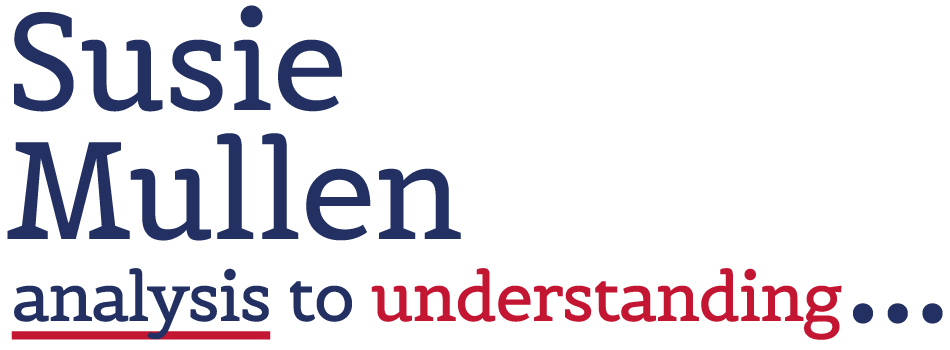I love segmentations. They are one of my favourite market research techniques. It always excites me to see groups of like-minded people emerge from something as bland as a survey. I think segmentations went out of fashion for a while but this year they are back in vogue.
This year I’ve had several clients ask about attitudianl segmentations. So, when STRAT7 Bonamy Finch (who have completed over 1500 segmentations) ran a webinar sharing their top 10 tips for segmentation I signed up fast. I was not disappointed.
Here are the two tips that resonated most with me:
Speak to the right people
A lot of my clients are small. They use me because they don’t need, or have the budget for, an in-house researcher. Many are charities. I see a too many charity segmentations based on the total population. The total population doesn’t exclude anyone and in many cases it’s simply too big and too general for segmentations that have to be specific if they’re going to be useable. In some cases a lot of money has been spent researching (and developing pen portraits) for segments who would never consider supporting the charity. In consumer goods, where the product is a thing you physically buy, rather than an ethos you buy into, it’s easy to exclude product rejectors. For charities, segmentations are a whole lot more useable when they exclude ethos rejectors.
Liberate your data
Attitudinal segmentations are usually built on big quantitative research projects. Once the segmentation is delivered we rarely go back to the data to find out what else it’s telling us about our market, our product, our audience. It got me thinking about all the data me and my clients have been sitting on and I’m actively excited about having a look at some of it to see what else we can learn.
It also reminded me of the value of behaviour-based segmentations particularly for smaller organisations. These tend to be based on actual purchasing (or giving/support in the charity sector) and where this data is available it’s possible to segment customers or supporters on responsiveness and value – great proxys for overall engagement. Then, these values can be added to the CRM where the data is held to improve overall experience.
Of course, there was so much more in the webinar and anyone considering segmentation should check out STRAT 7 Bonamy Finch’s website and their range of blogs and e-books.









